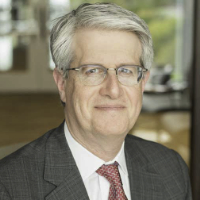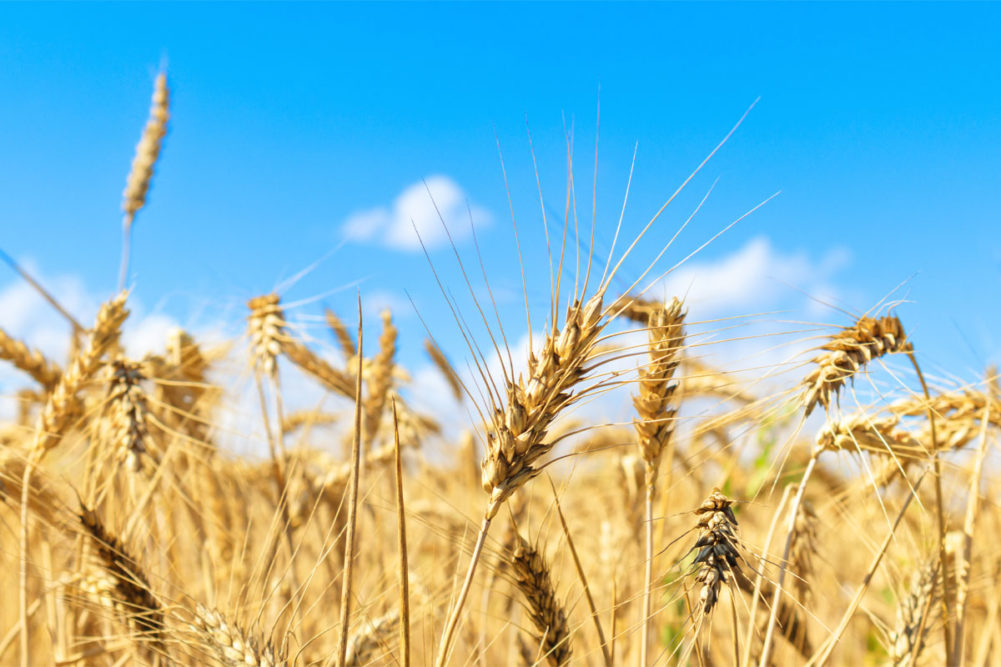KANSAS CITY – There was a time when it seemed difficult to predict how far wheat acreage could fall in many key states. Efforts by a diverse group of stakeholders appear to be reviving wheat plantings in several soft red winter states. A charitable grant from Siemer Milling Co. to the University of Illinois epitomizes the commitment necessary to ensure wheat remains an economically attractive crop for growers. Josh Sosland, editor of Milling & Baking News.
Josh Sosland, editor of Milling & Baking News.
Source: Sosland Publishing Co.
The drop in soft red winter wheat plantings in the late 1900s was stunning. In Illinois, the largest soft red winter state, acreage fell from a peak of 1.9 million acres in 1981 to 1.4 million in the early 1990s and then 740,000 in the early 2000s. By 2016, plantings sunk to 470,000 acres, down 75% from the record.
A rebound in Illinois wheat acreage in recent years demonstrates progress in efforts to combat FHB, together with the effects of higher prices. From the low of 470,000 acres, plantings reached 670,000 acres in 2022, 840,000 acres in 2023 and are projected at 860,000 acres in 2024, up 83% from the low. Total US soft red production in 2023 was up 54% from 2017.
Among the forces helping make the wheat rebound possible, first mention belongs to the US Wheat & Barley Scab Initiative (USWBSI). Established in the late 1990s, and funded by the US Department of Agriculture, the USWBSI is a research consortium committed to developing effective control measures that fight FHB. From about $4 million in the late 1990s, the USWBSI’s annual budget has increased to about $15 million in recent years, including $6.4 million for USDA FHB research. The budget is modest compared to the $15 billion farmgate value of annual US wheat and barley production or losses attributed to FHB, estimated at $1 billion per year from 1993 to 2014.
USWBSI partners with land grant universities to conduct research, and the group said several wheat varieties with improved resistance to FHB are being released each year, not only for soft red but other wheat classes as well.
Other efforts are important, too, including those of the Wheat Quality Council, or, more regionally, groups like the Illinois Wheat Association and the Illinois Soybean Association, which hold a Double Crop Farmer’s Forum. The gathering helps growers learn best field practices, particularly focusing on opportunities to double crop — planting soybeans in the spring immediately after wheat is harvested. Choosing to double crop poses challenges. Double cropped soybean yields often are less than half those of full-season soybeans, but improved plant genetics and technology that enables wheat harvest at high moisture has helped, according to a paper on the subject published last year in farmdoc. The authors of the paper, professors Emerson Nafziger and Giovani Preza Fontes of the Department of Crop Sciences, University of Illinois, identified a handful of related keys to maximizing prospects for success in double cropping. Wheat must be harvested as “early as practicable” and then dried quickly.
The announcement last month of Siemer’s $1 million gift to fund the Siemer Milling Company Professorship and the Illinois Wheat Initiative at the University of Illinois represents an important part of the effort to boost US wheat plantings. Siemer’s funding is expected to help leverage USWBSI funds in Illinois. Steps like these by Siemer and other milling companies also signal to growers that millers have their back. “It lets them know, Siemer is our friend, supporting wheat and helping to make it better,” said Richard C. Siemer, president of Siemer Milling. Such efforts by millers like Siemer also represent a powerful statement of confidence in and commitment to the future of the US milling industry.





